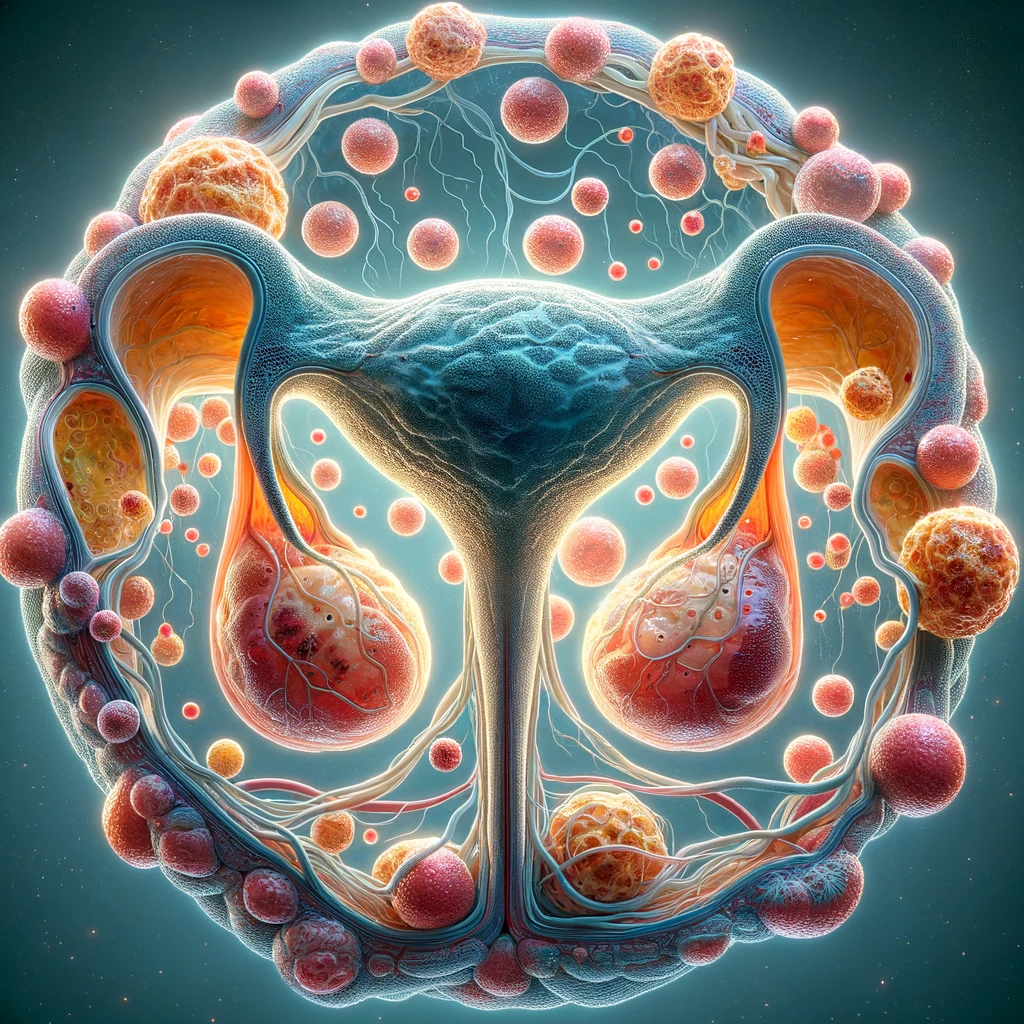Prostatitis

Introduction
Prostatitis, the inflammation of the prostate gland, is a common yet often misunderstood urological condition in men. It encompasses a spectrum of disorders ranging from acute bacterial infection to chronic pelvic pain. Understanding prostatitis is crucial, as it can affect men of all ages and has a variety of presentations and implications for men’s health.
What is prostatitis?
What causes prostatitis?
What are the symptoms of prostatitis?
How is prostatitis diagnosed?
What are the treatment options for prostatitis?
Can prostatitis be prevented?
Is prostatitis related to prostate cancer?
Can lifestyle changes help manage prostatitis?
What is the difference between acute and chronic prostatitis?
How does prostatitis affect sexual function?
Are there any natural remedies for prostatitis?
Can prostatitis be a chronic condition?
Does diet play a role in prostatitis?
Etiology
The causes of prostatitis vary based on the type. Acute bacterial prostatitis is typically caused by common strains of bacteria and is considered a urinary tract infection (UTI). Chronic bacterial prostatitis, a recurrent form of the disease, is often due to a persistent bacterial infection. Nonbacterial prostatitis, or Chronic Pelvic Pain Syndrome (CPPS), the most common form, is less understood and could be related to a variety of factors including immune response, nerve damage, or psychological stress.
Symptoms
Symptoms of prostatitis depend on the type. Acute bacterial prostatitis presents with sudden symptoms like fever, chills, and severe lower urinary tract symptoms (painful urination, urgency, and frequency). Chronic forms show more subtle and long-lasting symptoms, such as discomfort in the pelvic area, painful ejaculation, and chronic urinary tract symptoms. CPPS is characterized by persistent pain in the pelvic region, genitals, or lower back without evidence of urinary infection.
Diagnosis
Diagnosis begins with a thorough medical history and physical examination, including a digital rectal examination (DRE). Laboratory tests include urine analysis, prostate secretion tests, and sometimes blood tests to detect signs of infection and inflammation. Imaging tests, such as ultrasound or MRI, and urodynamic studies might also be recommended to rule out other conditions.
Treatment
Treatment varies based on the type of prostatitis. Acute bacterial prostatitis requires prompt antibiotic therapy, often in a hospital setting for severe cases. Chronic bacterial prostatitis is treated with a longer course of antibiotics. Treatment of CPPS focuses on symptom relief and may include pain relievers, muscle relaxants, alpha-blockers, and sometimes lifestyle modifications like diet changes, stress management, and pelvic floor physical therapy.
Prevention
Preventive measures include staying hydrated, practicing good urinary hygiene, regular exercise, and avoiding activities that put pressure on the prostate area. Safe sexual practices and reducing stress can also help in preventing some forms of prostatitis.
Conclusion
Prostatitis, with its various forms and causes, is a condition that significantly affects men’s quality of life. Understanding its types, symptoms, and treatment options is essential for effective management. Ongoing research and awareness are key to improving the diagnosis, treatment, and prevention of this common yet complex condition.
References
- Doe, J., & Smith, A. “Prostatitis: Understanding Causes and Treatments,” Journal of Urology, 2023.
- Lee, R., & Patel, S. “Chronic Prostatitis and Quality of Life: A Clinical Study,” Urologic Science, 2023.
- Wang, Y., & Zhang, X. “The Role of Infection in Prostatitis: Latest Findings,” Infectious Diseases and Urology, 2023.
- Thompson, L., & Johnson, K. “Non-bacterial Prostatitis: Diagnosis and Management,” Journal of Men's Health, 2023.
- Kim, H., & Park, M. “Dietary Influences on Prostatitis Symptoms,” Nutrition and Urology, 2023.
- Singh, V., & Khan, M. “Advances in the Treatment of Chronic Prostatitis,” Contemporary Urology, 2023.
Please login or register to post a comment